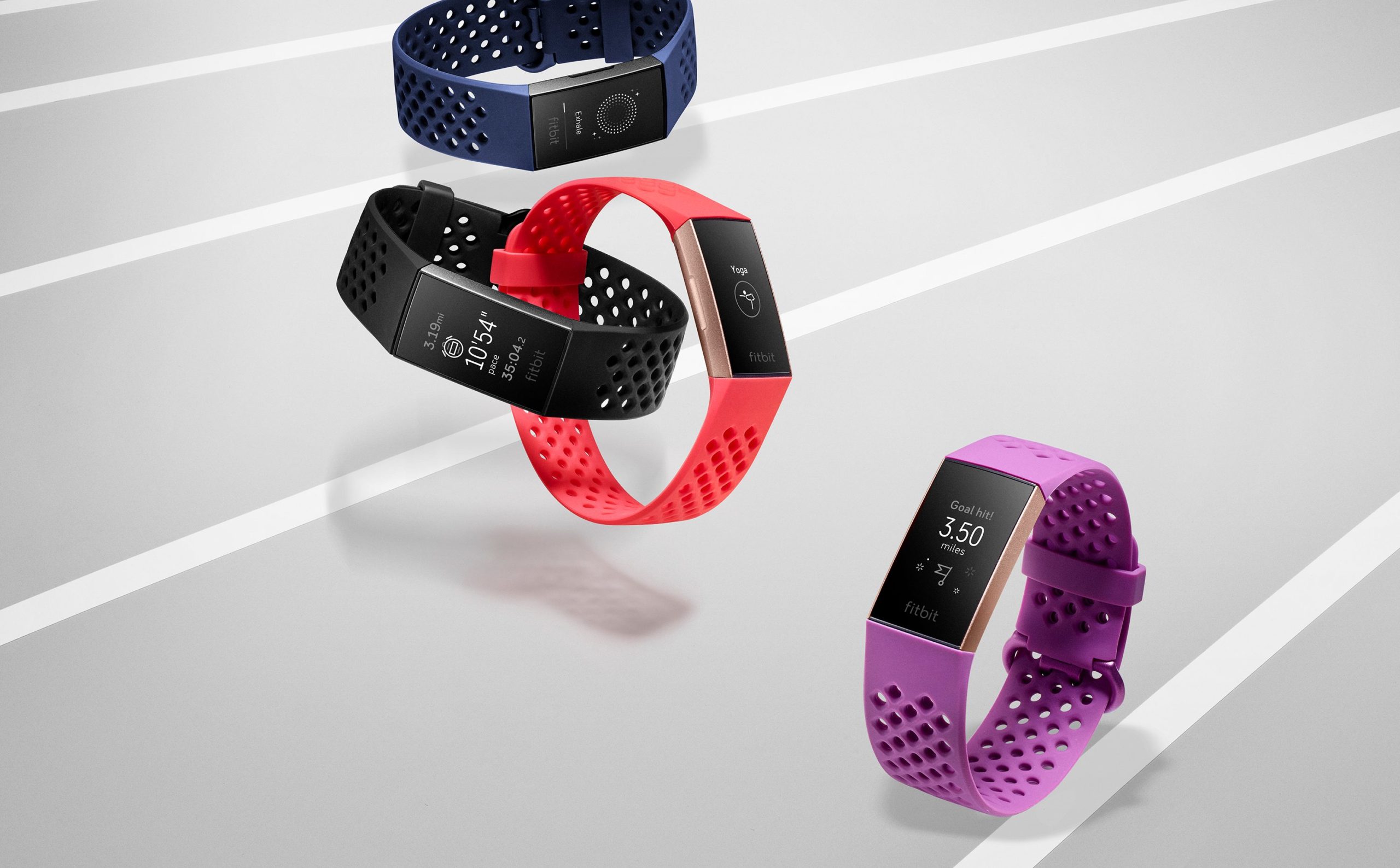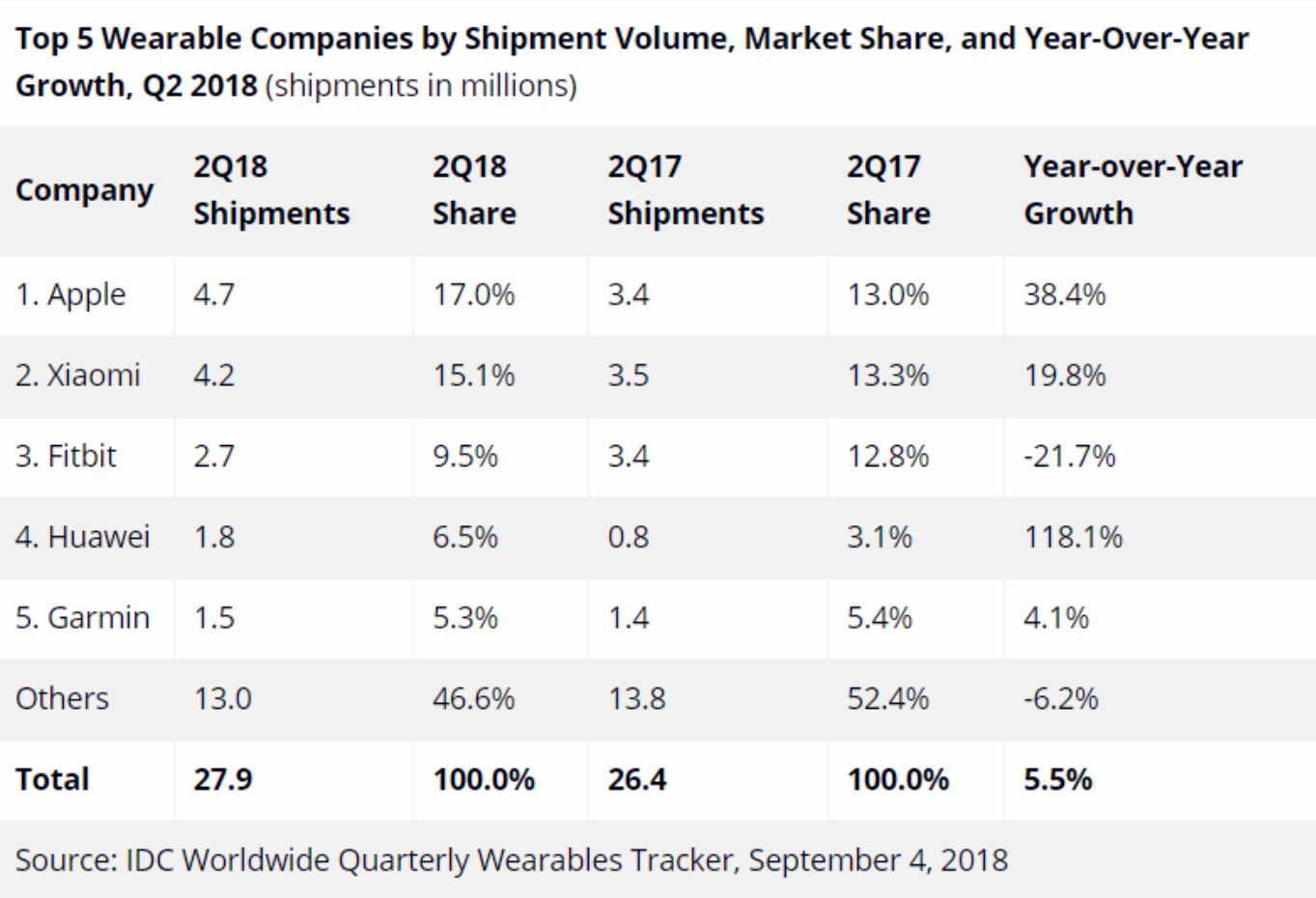Product Planning
DEEP ANALYSIS OF FITBIT MARKET STRATEGY
Fitbit’s growth strategy
Fitbit bleeds a strong brand in the wearable technology industry, but they are limited to how they create awareness and buzz. Fitbit is a mixture of limited product reach, educating organic and paid traffic, minimal impact creating awareness and targeting profiles and segments, and minimal efforts in boosting impacts in the industry through created content and PR. In order to go about fixing these, we wanted to implement the Product Development Strategy. We think this will allow Fitbit to grow the most as a company while staying consistent with their already developed brand.
Consumer lifestyle has shifted to technology in recent years. Wearable electronics are a trend now in the portable consumer electronic industry. The sales volume of passive wearable device, the device that has to connect with apps to track all data, is increasing from almost in 2012 to almost 60 million in 2015, and it expects to grow to more than 120 million in sales volume. It means that even though Fitbit Inc. has been increasing its business revenue since 2013, it is the right timing for them to expend more. Directly targeting people from 18-30 who are healthy people and who are motivated to workout.
The article “One-Third of Wearable Device Wearers Ditching Them” (2014) says that 33% of consumers who owned wearable electronic devices in the U.S. stopped using the products 6 months after purchasing. It means that wearable products do not fully satisfy every customer. Therefore, Fitbit should have a growth strategy that can promote the products, acquire more customers, and also remind every consumer that the health electronic device is better for long-term use, which is why we recommend you use the Product Development Strategy.
Growth strategy justification
A product development strategy focuses on the progression of a product from the start of its introduction, throughout its life cycle. This particular type of strategy looks at improving current products and or introducing new products to the market. Some pros of a product development strategy are keeping pace with competitors, seizing opportunities in the market and creating more brand awareness. In a world that is constantly changing and thriving on innovation, staying ahead of the competition is very important. The implementation of a product development strategy ensures you are staying up to date with current trends and offerings. Not to mention, as current trends are evolving and preferences are changing the product development strategy allows for flexibility and can be easily converted to fit consumer preferences. This is a great way to capture a part of the market that competitors aren’t honing in on quite yet. The more buzz a company can create about its products, then the more it will build trust and ongoing relationships with consumers, which in turn increases sales and profit margins. If you can capture a sizable amount of the market then a product development strategy puts you way ahead of competitors; however, if things go south and you do not plan accordingly, then this strategy can be very risky. Venturing into uncharted territory can be very risky in the fact that you don’t know how your consumer base is going to respond. Not to mention there is an extra cost associated with the development of an entirely new product, which can be very expensive. Therefore, your company must be large enough to sustain a considerable amount of expenses before a profit is made.
Based on the perceptual map, we selected the Product Development Strategy because, besides Apple, there is really no other product that offers as high functionality as the Apple watch. Therefore, if Fitbit can create innovative products that are a more affordable alternative to the Apple Watch then they will be able to take a considerable proportion of the market share and compete at the top with Apple.
The 5 needs we denoted to be most important to consumers were being part of a community, customizability, low cost and functionality (the sleep tracker/ calorie tracker & texting capabilities). Of those specific qualities, the cost and sleep tracker is performance-based needs and therefore the most important to our brand. Performance-based needs help separate your brand from competitors and make your products more desirable. Not to mention, while designing the perceptual map we factored in the two most important qualities because this is what is going to drive demand based on our consumer preferences. The two most important qualities were again, cost and functionality.
The biggest competitor Fitbit currently faces is the Apple Watch and they are practicing a product development strategy as well. They are focusing on using their strategic differentiation strategy to set themselves apart from competitors, and we believe Fitbit should aspire to this as well. What makes Apple so successful is they have such high brand equity and trust that they have so much room to test out products and see how consumers react to it. Apple pulls data from the things they’ve learned about the iPhone and the Ipad to help focus on what they can do better for their Apple Watch. Making a few more products to scale-out Fitbit’s line might make it easier for Fitbit later on when they are trying to implement new innovative creations. Specifically, Apple’s optimization of hardware and software make it the best of the best. If Fitbit can drive consumers to desire their product because it satisfies needs that only they can fulfill then and only then will they be a force to reckon with against Apple. Driving demand for Fitbit watches over Apple watches will take time and will entail making Fitbit the most desired smart wearable tech in the industry. In order to become the most wearable tech, Fitbit is going to have to invest more money into making their product higher functioning, and offer something they can only get from the Fitbit.
Possible challenges resulting from the proposed growth strategy
Our new product development strategy implementation looks at improving the existing products that FitBit offers and/or create new products that the market seeks. With that in mind we realize that along the way of introducing new or updated products, it is expected to encounter challenges because innovation is about solving problems and there are as many ways to innovate as there are problems to solve.
As we are seeking to improve what the company is already doing, FitBit can be identified in the sustaining innovation category. This is the stage where most innovation happens and for a successful implementation, we require a clear understanding of the problems that FitBit is facing. Going back to the data we gathered from users, we know customization was a leading requirement, as well as a more accessible texting feature. Consumers want to feel like their products are unique and personal and by making it more customizable this allows them to have that desired uniqueness. Additionally, at the moment users can text on their FitBit only if they use an Android. In order to adapt to these requests, we recommend using acquisitions to bring new resources/technology into the organization and take advantage of traditional R&D techniques to innovate the existing products.
Fitbit is a well-established brand that benefited from the first-mover advantage in the wearable technology industry, has a high global brand and brand equity. It offers a wide range of products with different price alternatives that appeal to every type of consumer and they focus on maintaining the market share they built up. As Fitbit reached the maturity stage of the product life cycle, this is the best time to consider any product updates or improvements to the production process that can bring them a competitive advantage. We recommend Fitbit to partner with a healthcare company, as a way to enhance their health features and use it as a way to monitor patients or people who have health concerns.
As observed in the graph below, Apple, which is Fitbit’s main competitor, keeps leading the market with an increase of 4.0% market share in one year (2017-2018), while Fitbit lost 3.3% over the same amount of time. Furthermore, the latest updates of its competitor’s device, the Apple Watch, now allows users to detect atrial fibrillation – an abnormal or fast heart rate that can lead to heart failure. For that reason, Fitbit needs to come up with an innovative approach to surpassing its rivals. Additionally, since Fitbit is more focused on health aspects and health monitoring, features that already are incorporated in the device, the company could leverage its position since Apple Watch uses health monitoring just as an app or additional feature to the other capabilities it offers. Therefore we emphasize partnering with a healthcare company.
The results of our previous consumer survey concluded the most valued aspects of the wearable fitness tracker to be the price and functionality, which includes a sleep tracker and a calorie counter. Fitbit was rated the highest functionality score in comparison to its main competitors and consumers chose to buy it over other products because of its affordability. Fitbit needs to maintain its affordability advantage while also offering updates and improvements that can leverage its position on the market.
Sources
Arthur, Charles. “The Smart Watch’s Biggest Hurdle: A Third Of Consumers Abandon Wearables Weeks After Buying Them.” Business Insider, Business Insider, 2 Apr. 2014, www.businessinsider.com/wearables-one-third-of-consumers-abandoning-devices-2014-4.
“Fitbit Device Unit Sales Worldwide 2010-2018 | Statistic.” Statista,
https://www.statista.com/statistics/472591/fitbit-devices-sold/
Unknown. “Strategy & the Apple Watch.” Mokriya Blog, 16 Aug. 2016, mokriya.com/blog/strategy-the-apple-watch/ .
Gartenstein, Devra. “Advantages and Disadvantages of Market and Product Development Strategies.” Small Business – Chron.com, Chron.com, 29 Mar. 2019, smallbusiness.chron.com/advantages-disadvantages-market-product-development-strategies-20206.html .
Arthur, Charles. “The Smart Watch’s Biggest Hurdle: A Third Of Consumers Abandon Wearables Weeks After Buying Them.” Business Insider, Business Insider, 2 Apr. 2014, www.businessinsider.com/wearables-one-third-of-consumers-abandoning-devices-2014-4.
Satell, Greg. “The 4 Types of Innovation and the Problems They Solve.” Harvard Business Review, 1 Aug. 2018, hbr.org/2017/06/the-4-types-of-innovation-and-the-problems-they-solve .
Unknown. “Product Life Cycle Stages.” Product Life Cycle Stages, productlifecyclestages.com/.
Marino-Nachison, David. “Wearables: Apple Maintains Q2 Market Share Lead.” Barron’s, Barrons, 4 Sept. 2018, www.barrons.com/articles/wearables-apple-maintains-q2-market-share-lead-1536075871 .
Sullivan, Mark. “How Fitbit Is Trying to Transform Healthcare, and Itself.”
Fast Company, Fast Company, 8 June 2018, www.fastcompany.com/40578138/how-fitbit-is-trying-to-transform-healthcare-and-itself.
“Fitbit Device Unit Sales Worldwide 2010-2018 | Statistic.” Statista,
https://www.statista.com/statistics/472591/fitbit-devices-sold/
Charara, S. (2015, May 22). If you own a fitness tracker, chances are its a Fitbit. Retrieved from http://www.wareable.com/fitbit/fitness-tracker-sales-2015-fitbit-1169
Fitbit (2015). Who We Are. Retrieved from the Fitbit, Inc. Retrieved




